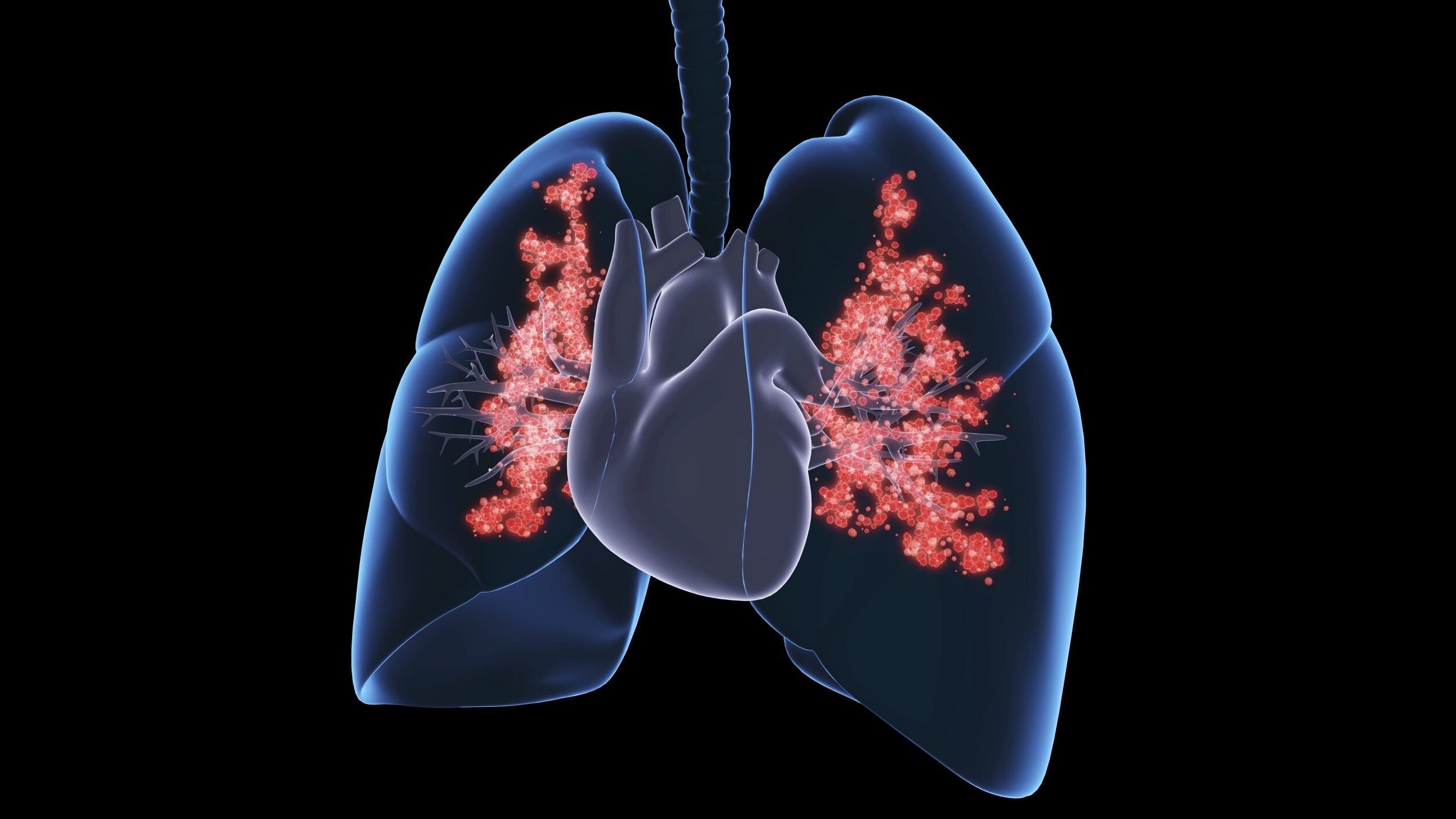Health
Lung cancer isn’t just a smoker’s disease anymore. From pollution to genetics, non-smokers are facing invisible threats that demand both awareness and action.
Air pollution is now one of the leading risk factors for lung cancer in non-smokers. Fine particulate matter (PM2.5) can penetrate deep into the lungs and trigger cancer-causing changes over time.
Health Air Pollution: The Invisible Enemy
Use of biomass fuels like wood, dung cakes, or kerosene in poorly ventilated kitchens can cause long-term exposure to smoke which produces toxins that increase lung cancer risk – especially in women who do the cooking.
Health Household Pollution
Living or working around smokers can be just as harmful. Secondhand smoke contains over 7,000 chemicals – hundreds of which are toxic, and at least 70 are known carcinogens.
Health Secondhand Smoke: Still Deadly
Not all cancers come from environmental exposure. Some people are genetically more susceptible.
Health Genetic Mutations
Radon is a naturally occurring radioactive gas found in soil and rocks, and it can seep into buildings. Due to poor ventilation in basements and ground floors, radon may be trapped increasing cancer risk over time.
Health Radon Gas Exposure
Conditions like tuberculosis, chronic bronchitis, or interstitial lung disease can leave scarring in the lungs. This scarring can become a site for abnormal cell growth, raising the chances of cancer.
Health Pre-existing Lung Diseases
Because non-smokers don’t perceive themselves to be at risk, they may ignore early signs like a persistent cough or fatigue. By the time they seek help, the cancer may already be at an advanced stage.
Health Delayed Detection
Recent data suggests that nearly one in five lung cancer patients in India are non-smokers.

